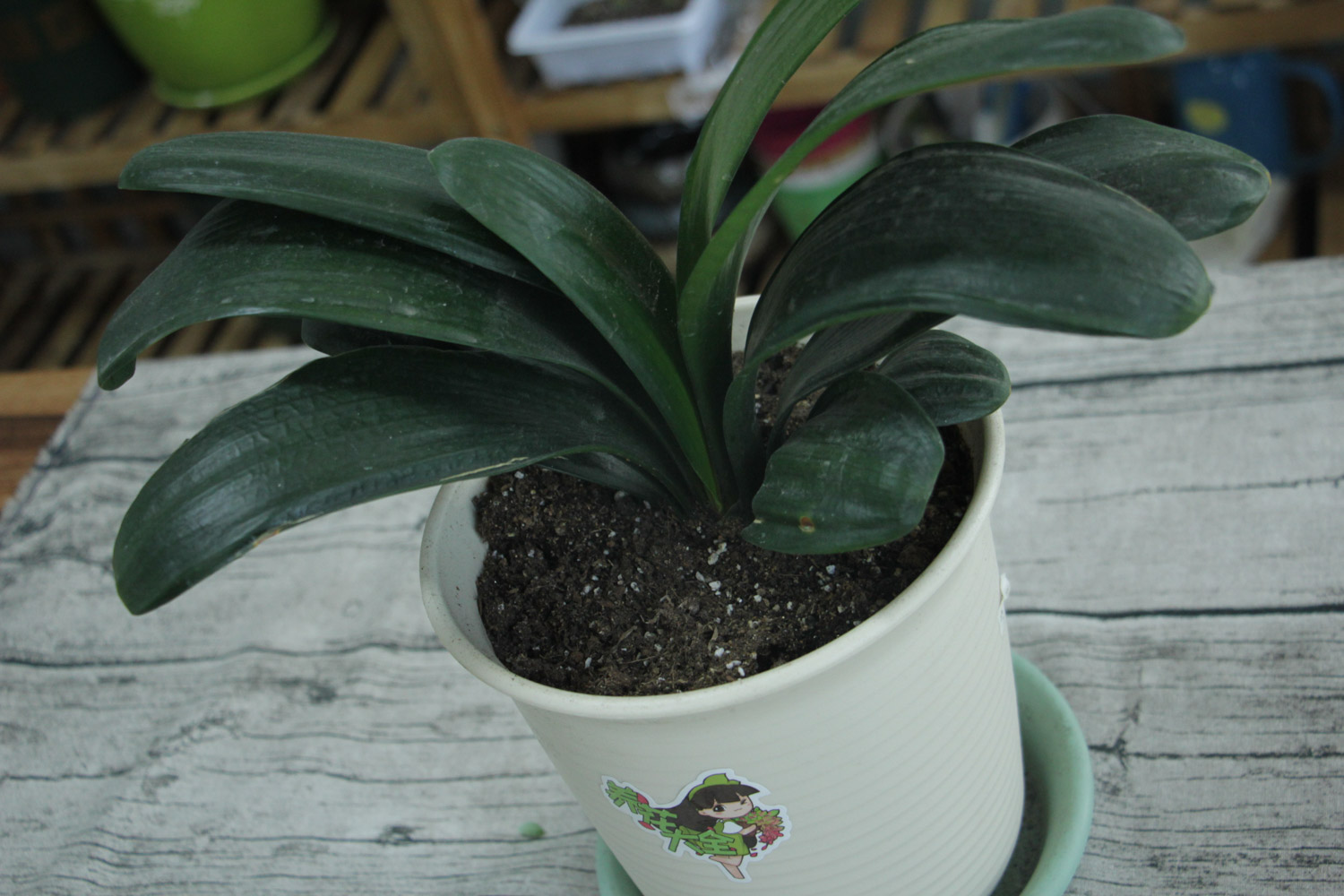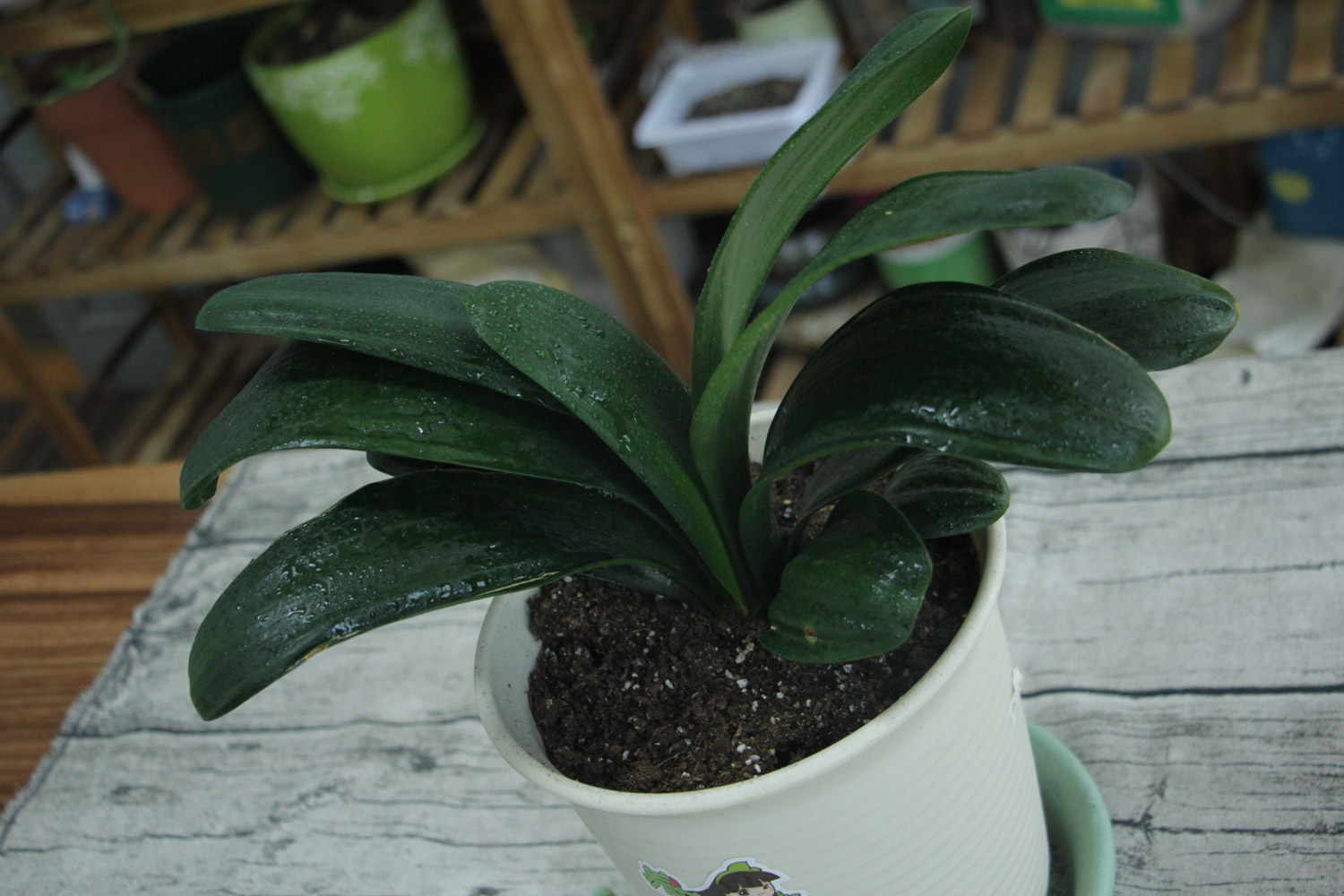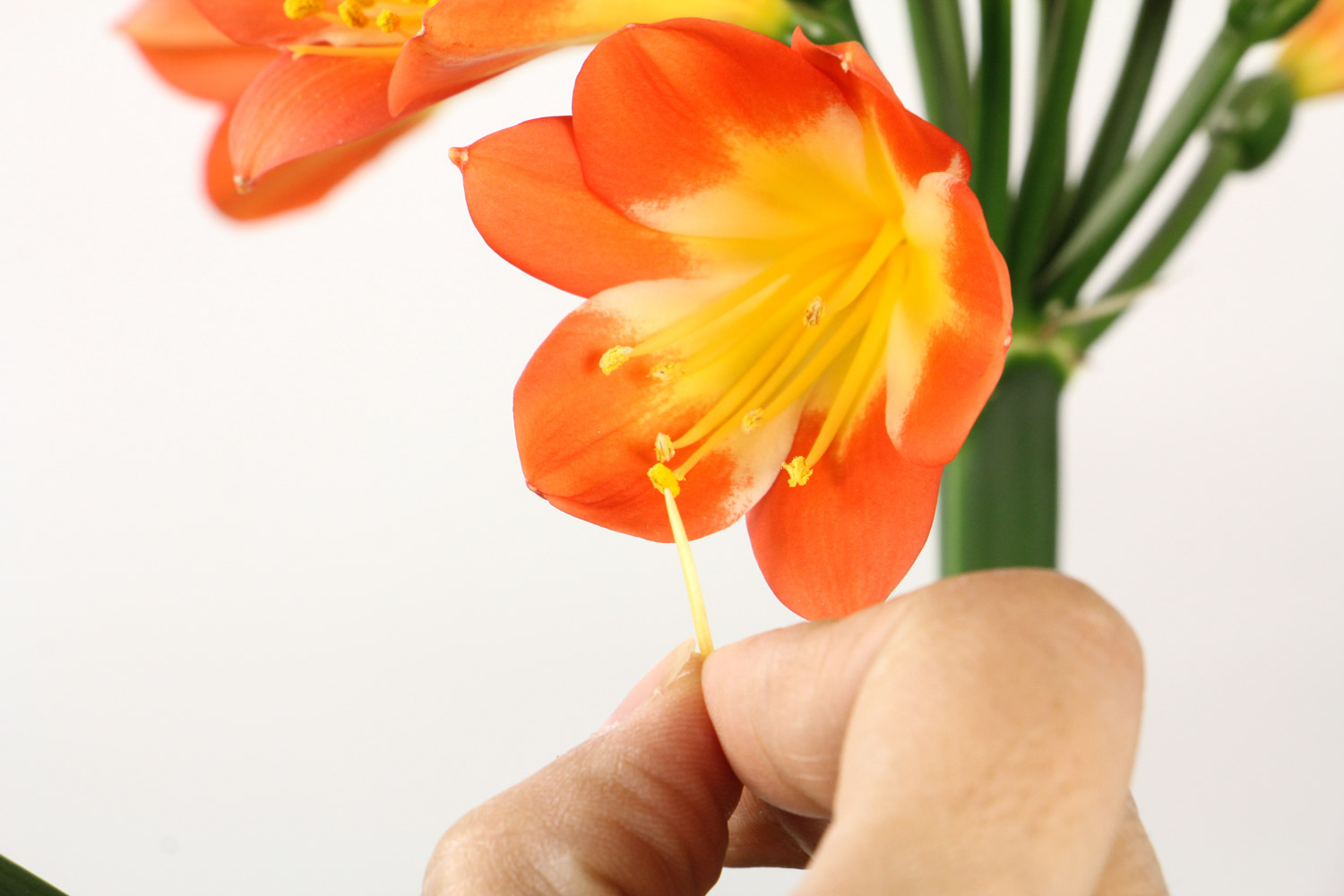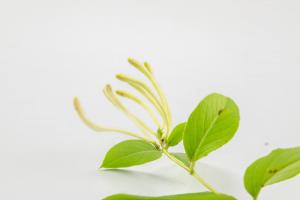Clivia

1. After the flower of Junzi orchid is defeated, it will bear seed pods. After the seed pods become reddish brown, the seeds of Junzi orchid will mature. At this time, cut off the seed pods and take out the seeds
2. Soak the clean gauze in warm water, then wrap the Clivia seeds in the gauze, and then put them in a warmer place. It's best to cover them for 24 hours
3. Lay the sawdust in the seedling basin, spray it with water, put the soaked seed tip down and put it in the sawdust
4. Put the treated seeds in the astigmatism and spray water once every morning and evening. After about 20 days, the seeds will sprout small buds
5. After the Clivia seed grows a complete small leaf, it can be moved out and planted in a flowerpot for maintenance
6. After a period of maintenance, Clivia has completed the transformation from seed to seedling
Orchid

1. Stop watering the orchid 1-2 weeks before rametting, so that the root of the orchid becomes soft, so as not to break when rametting due to too much water
2. In most cases, the roots of orchids are intertwined. Before branching, the roots should be separated bit by bit, otherwise it is easy to tear many roots during branching
3. Orchids are plant by plant. Find the boundary between each plant and cut it along. In order to reduce the damage to roots, it is suggested that 3-5 plants be separated as one tree, and then divided into a single plant
4. After dividing the plants, use sterilized scissors to cut off all the dead roots, empty roots and weak roots of orchids
5. Soak the trimmed orchid roots in carbendazim solution, disinfect for about 30 minutes, and then take them out to dry
6. When disinfecting orchids, prepare several plastic bottles, cut them at the waist, iron several holes with red burning iron wire on the bottle body and bottle cap, and cut several triangular gaps at the cross section of the bottle
7, put the treated plastic bottles at the bottom of the flower pot, and use the broken foam blocks to fix them. This will increase the permeability and permeability of the soil and avoid the rotten roots of orchids. Then put the prepared plant material into the
8. Put the divided orchids into the cultivation basin respectively, so that one pot of orchids can become several pots
Clematis

1. Cut the semi lignified Clematis branches, cut them obliquely 3-5cm below the upper node of each branch, and cut them 0.5-1cm above the bud point, and divide the branches into several small segments
2, prepare a clean foam board, use chopsticks to poke holes in the foam board, not too big. p>
3, put a Clematis branch in each foam board hole, then put the foam board in the clear water. In order to promote rooting, you can put a little rooting powder in water. p>
4. Put the cut Clematis in a cool and ventilated place to ensure that the roots are immersed in water. After about 20 days, fine roots can be produced
5. When the root system grows to more than 5cm, it can be colonized. Put a small amount of soil into the planting basin, coil the clematis root system, and continue to fill the soil. A little slow-release fertilizer can be properly mixed
6. After colonization, pour it with water mixed with carbendazim solution. Then put it in a cool and ventilated place for maintenance. After a week, it can be maintained normally
Have you learned how to breed these precious flowers and plants
If there are other problems with the reproduction of flowers and plants
You can leave a message to Huahua~

 how many times do yo...
how many times do yo... how many planted tre...
how many planted tre... how many pine trees ...
how many pine trees ... how many pecan trees...
how many pecan trees... how many plants comp...
how many plants comp... how many plants can ...
how many plants can ... how many plants and ...
how many plants and ... how many pepper plan...
how many pepper plan...






























